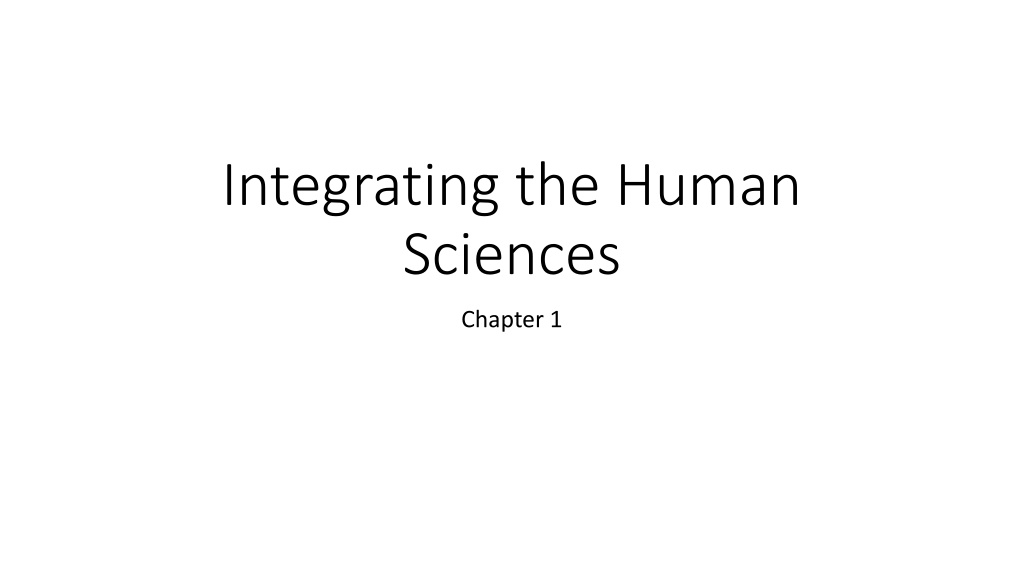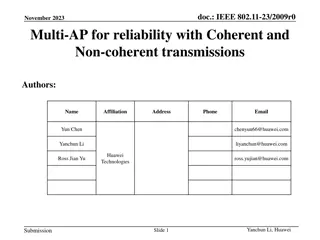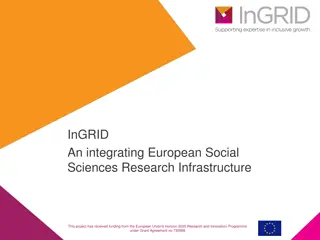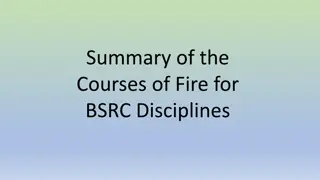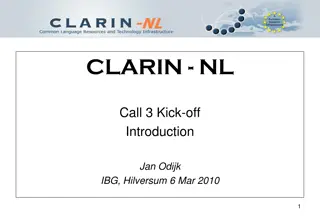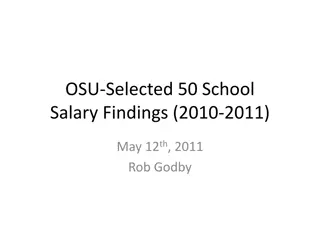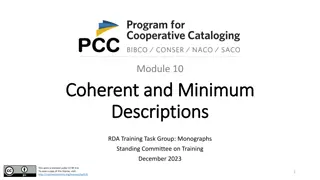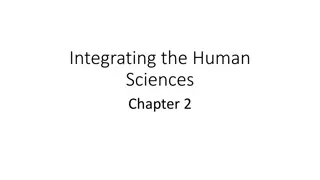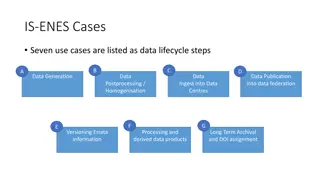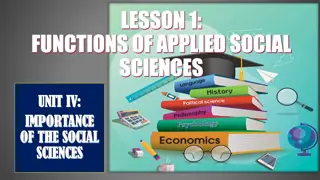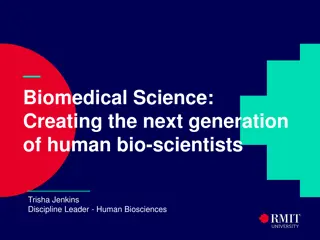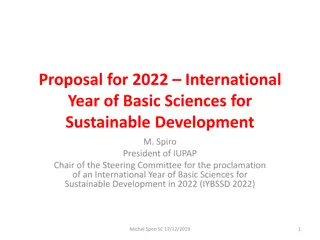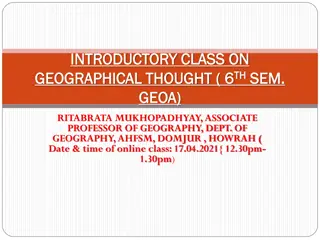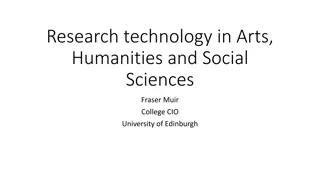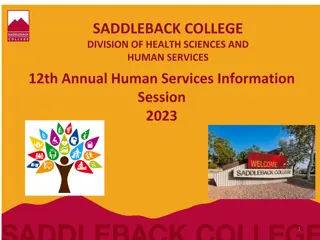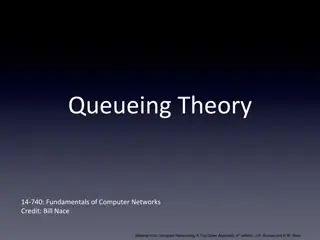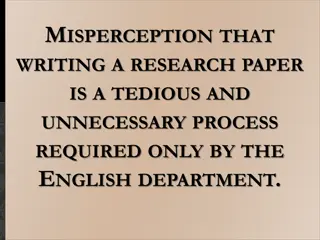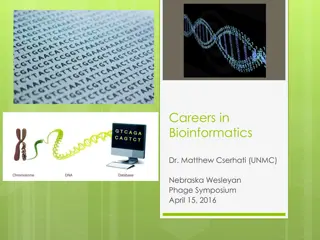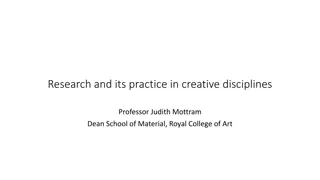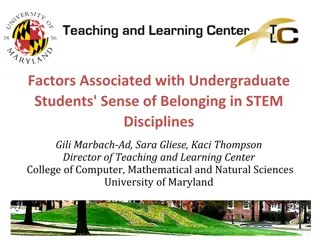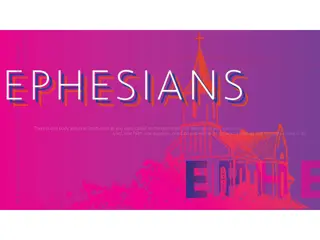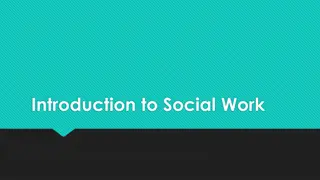Understanding Human Sciences: Integrating Disciplines for Coherent Insight
This book explores the integration of human sciences, aiming to create a coherent understanding of the key phenomena studied across humanities and social sciences. It advocates for a unified approach that embraces the complexity of relationships and causal links within this system, offering constructive suggestions for improvement without negating existing practices. With a focus on clarity, depth, and comparison to natural sciences, it targets scholars and students seeking a broader comprehension of their studies.
Download Presentation

Please find below an Image/Link to download the presentation.
The content on the website is provided AS IS for your information and personal use only. It may not be sold, licensed, or shared on other websites without obtaining consent from the author. Download presentation by click this link. If you encounter any issues during the download, it is possible that the publisher has removed the file from their server.
E N D
Presentation Transcript
Integrating the Human Sciences Chapter 1
The Starting Point This book asks a simple question. What if we recognized that human science (the humanities and social sciences) collectively investigates a few dozen key phenomena (that is, things that we study ) that interact with each other (and with some phenomena studied in natural science)? Can we imagine a human science that would seek to stitch its understandings of this system of phenomena into a coherent whole? If so, what would that look like? We will argue in this book that we are unlikely to develop one unified theory of everything. Our collective understanding must then be a map of the myriad relationships within this large but finite and manageable system, coupled with detailed understandings of each causal link and of important subsystems.
Motivation To achieve a greater coherence in human science understanding To thus integrate across differences in understanding across human science disciplines To encourage a more rapid advance in human science understanding To provide a more coherent education that better prepares students for careers, citizenship, and life To better inform public policy
Key Elements Human science involves the study of relationships among dozens of key phenomena. We need to integrate our understanding of particular (sets of) causal links into a coherent whole. We thus need a mix of specialized and integrative research. We also need clarity in terminology. We need to seek evidence from multiple theories and methods. These simple and inter-related arguments have profound implications for research (both generally and for each field of study), teaching, libraries, public policy advice, and university administration. These will in turn be the subjects of the next chapters.
Key Characteristics of the Book We will focus on constructive suggestions to improve human science practice, but occasionally criticize existing practices. We will focus on what we should do more of, and only rarely indicate that we should stop doing some things. We will pursue breadth of coverage but try to delve deeply enough into each topic to adequately reflect relevant literatures. We will often compare human science to natural science, indicating when we can follow similar practices and when we cannot.
The Audience There are many audiences for this book, but it is aimed at any scholar or student who seeks to comprehend how what they study fits within a broader understanding.
